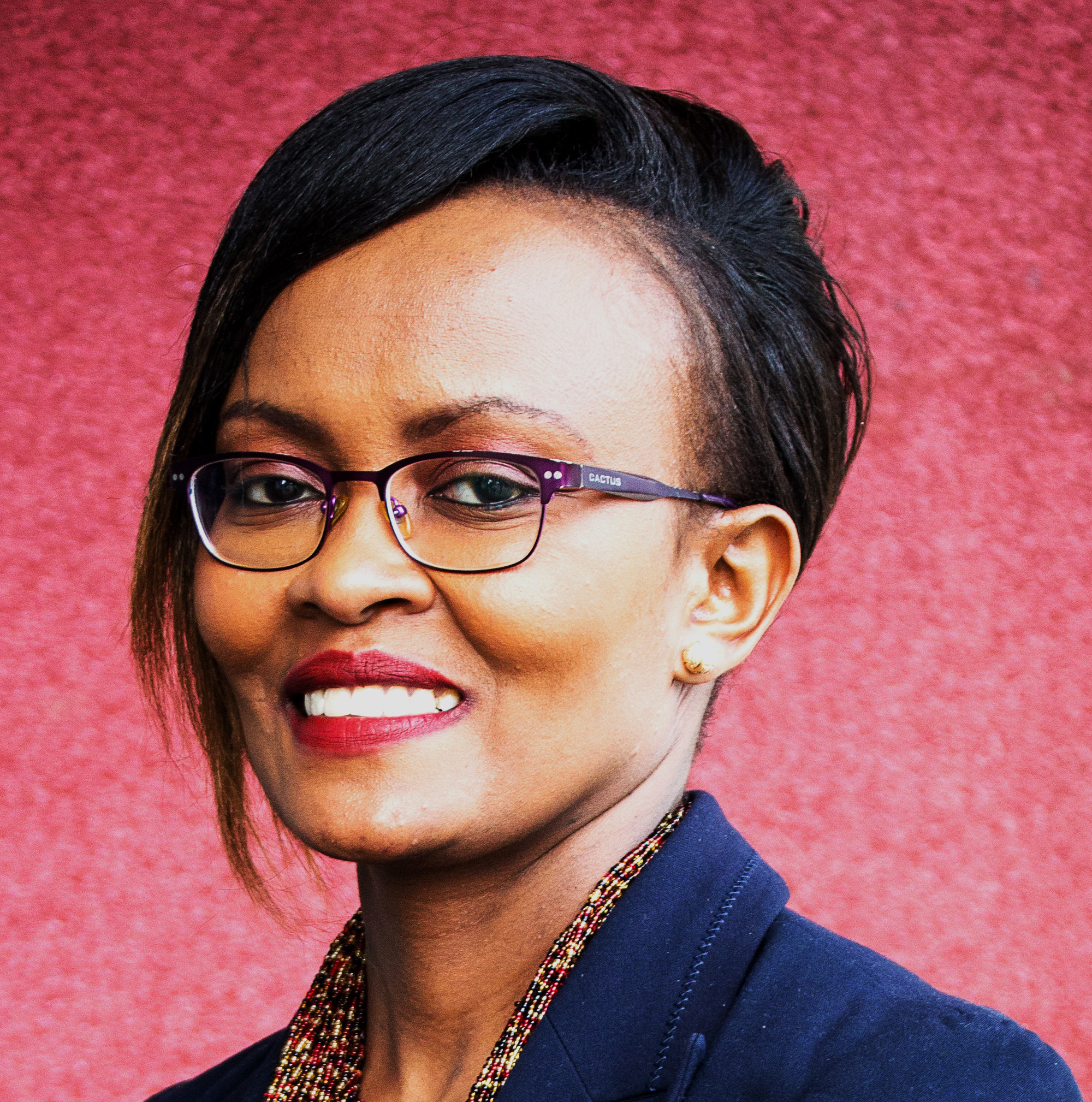
With around 33%i internet penetration, Africa is the least connected continent on earth. Naturally, connectivity varies by country, but universally, the greatest gap is between urban and rural areas.
Whilst 50% of urban dwellers are connected, this figure drops to 15% in rural areas. This is the lowest percentage of any region in the world.
Compounding this discrepancy, Africa, like the rest of the world has been impacted by Covid-19. As in the rest of the world, demand for bandwidth skyrocketed, driven by cloud computing, social media, video meetings, distance learning and video streaming.
Governments recognised the importance of keeping businesses running and have started to invest more in digital infrastructure, including in some cases in expanding Universal Service Obligations (USO) to extend broadband
access to rural areas.
Extending fibre to rural areas is challenging anywhere in the world. The economics are just not there. Costing US$30,000 a mile, it’s expensive to lay. Even in developed economies in areas with low population density and therefore usage, revenue often isn’t high enough to justify the investment. Affordability of broadband services is also a challenge in the region.
More than two thirds of the population (>700m) in Sub-Saharan Africa remain unconnected and almost 575m
people out of 700m remain unconnected not because of lack of coverage but because of other reasons including lack of affordability.
The GSMA (Global System for Mobile Communications) estimates that the average cost of mobile coverage in rural areas is 18% higher than in urban areas, and 35% higher in more remote areas. In Africa, this situation is magnified.
There is no lack of undersea fibre surrounding the continent, taking that fibre, further inland than the immediate
coastal cities, is where the challenge really begins. The terrain can be particularly inhospitable,
making it difficult to lay.
Only 59% of population reside within reach of terrestrial backbone infrastructure in Africa however this varies sharply by country. For example, in DRC only 27% of the population lives within a 25km range of an operational fiber node and in the case of South Sudan, only 4% of the population lives within fiber reach. On top of this, poor quality installation and maintenance, leave the fibre particularly vulnerable to backhoe accidents, and
water and rodent damage.
Sabotage is not uncommon in some areas. The household fixed broadband penetration is only at 9% with no expectations to rise anytime soon.
The African Union, supported by the World Bank Group, has set the ambitious goal of universal
connectivity by 2030. A challenging, but necessary goal to help lift rural areas out of poverty.
According to World Bank data, a 10% increase in broadband penetration in Africa could increase
GDP per capita by around 2.5%. Further research on 12 African countries also shows that those
individuals with access to high-speed internet are almost 14% more likely to be employed than
those without.
Increased employment leads to a large impact on household consumption and
reduction in the number of households below the poverty line. This was exemplified in Senegal
where the introduction of 3G led to a 14% increase in consumption and a 10% reduction in extreme
poverty.
No single organization or technology can achieve the ambitious goal of universal connectivity. Collaborative approaches involving international players working closely with local and government players are needed. It also requires a mixture of government and public-private partnerships, and a variety of technologies.
Fibre, satellite and mobile networks all have a role to play. In rural areas, most end-users will connect to the internet, via mobile broadband, and Africa still has a long way to go in this aspect. In March 2021, the majority of mobile connectivity was 2G or 3G, i.e., low bandwidth; 4G represented only 15% of mobile connections in total.
The challenge for Mobile Network Operators (MNOs) is to expand and upgrade their networks to 4G
and 5G at a time when revenue is not growing in sync with demand and data traffic.
Lowering the total cost of ownership (TCO) is essential to enabling this expansion to take place. Whilst historically satellite has been considered an expensive solution for backhaul, much has changed in recent years.
Standardisation, reusable launch vehicles, digital processing, beam forming and software defined wide-area networks (SDWANs) have combined to reduce the costs associated with high throughput satellites (HTS) and non-geostationary satellites (NGSO) such as SES’s O3b constellation launched in 2013.
Satellite solutions complement terrestrial solutions, as demonstrated by our customers operating across Africa in both urban and semi-urban environments. For example, InterSAT, a state-of-the-art Service Provider, has partnered with SES to enhance connectivity in both rural and urban areas in no less than 32 African countries.
SES was also asked by Tigo Tchad to upgrade 40 cell sites and build a new teleport as well as manage
the integrated cellular/satellite network.
Based on the proven success of the O3b constellation, SES decided to launch O3b mPOWER, the second generation low-latency, high throughput medium earth orbit (MEO) constellation that will launch in few months.
The capability of this constellation is already being recognised by top world companies such as Microsoft, Virgin Voyages, Orange and many others.
Orange, one of the world’s leading multi-service telecommunications groups with a presence in 18 African countries and a user of O3b, will now along with its subsidiary Sonatel, the leader in Senegalese telecommunications, be early adopters of the ground-breaking communications system.
As part of the partnership, SES and Orange/Sonatel deployed the first African O3b mPOWER gateway in the village of Gandoul in Senegal which will be used by Sonatel and Orange to deliver high-performance, low-latency, and cloud-optimised connectivity services throughout Africa.
These are just three examples of the way that satellite can work seamlessly alongside terrestrial networks, and international players can work with local entities to reach the goal of universal connectivity for Africa.
By Caroline Kamaitha, Vice President of Sales, Africa at SES


